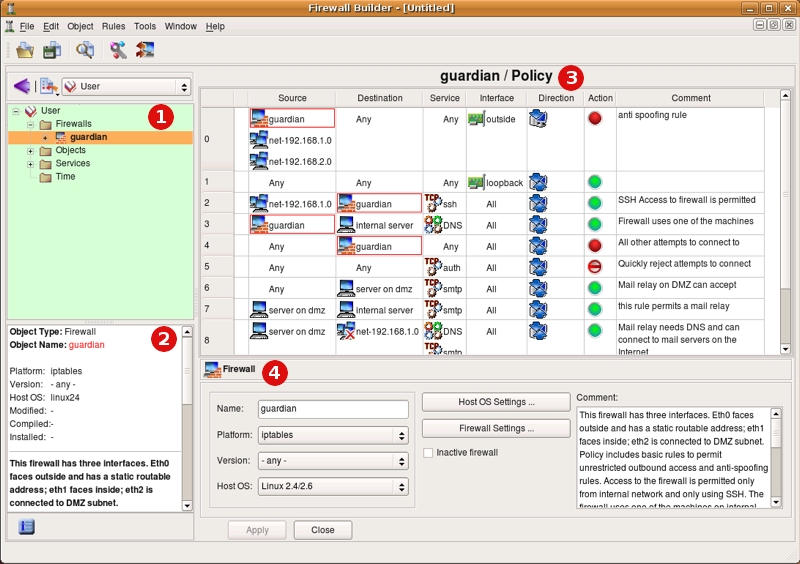Expand Drive Crack Sealer
It’s a given that a concrete slab will develop cracks over time. This is particularly true at cold joints, where two concrete slabs meet that were poured at different times. If the concrete slab is outdoors, such as a driveway, the cracks need to be sealed properly to keep water from seeping under the slab and eroding the soil, which can cause the concrete to settle. To seal crack in a concrete slab: • Remove any debris or loose concrete in the crack using a screwdriver, followed by a wire brush.


Gm - North America Map Update. Shop our selection of Driveway Sealers & Repair in the Building. Latex-ite 10.1 oz. Driveway Crack and. Is an asphalt emulsion based low VOC driveway sealer. Get tips on how to seal an asphalt driveway to extend its lifespan. How to Seal Driveway Asphalt. Navigon Select Keygen Download. Repair cracks before you start.
• Use a broom or leaf blower to clean out the crack. • Fill the crack with concrete repair caulk, such as from.
• On cracks that are wider than 1/4” push foam backer rod into the crack with a screwdriver, so it’s 1/2” below the surface, then fill the crack with concrete repair caulk. Watch this video to find out more. Further Information • (video) • (video) • (video/article) • (video). Concrete driveways require a lot less maintenance. You want to keep them nice and clean.
But more importantly, you want to be sure you fill up any cracks you might have, especially a crack like this. Now, this is called a cold joint, where this slab and this slab were poured at different times. And no matter what you do, it’s going to crack. Now, here’s what’s important about sealing that crack up, is that if you allow rain to get in this crack, sooner or later it’s going to affect the integrity of the soil below it.
This will start settling and cracking, I’ve seen it a hundred times. Here’s all you have to do is take a screwdriver, and just kind of scratch away at any debris you may have in the crack. Then, a wire brush to really clean it up real well. And then use a whisk broom.
Or, I’ll tell you what, a leaf blower works really well on this as well. Then, the important thing is a concrete repair caulk, this particular one is a self-leveling.
And on a crack like this, you basically are just filling it in, and making it nice and flat. Now, that works well on a crack like this. But if you have a crack that’s a little larger – for some reason on this side, it’s a little larger than on that side – you’ll need this extra step. It’s a backer rod, and you use this anytime you’re caulking anything on the outside of your house that’s larger than say a quarter inch or three-eighths. And here, I’m going to put it down in the crack, like that. Screwdriver, push it down about a half-inch. Then, I’ll caulk right over it, just like I did the smaller crack.
I recently purchased a house that has a driveway covered with maybe 3′ or 4′ concrete sections (blocks?) They are approximately 3″ thick and there is a gap between them. The gaps or spaces are about 3″ by 2″.
I would like to fill and seal these with the concrete mix in your video and them put a skim thinner coat over the entire driveway as you did in the video. Are these spaces in between each section fillable? I was thinking of filling them partially with rebar and then fill with the quikcrete repair concrete? Any thoughts? Great video, I did this on a cement slab in our backyard.
Parts of the crack was too small to use the backer rod, I had air bubbles created from below. Any suggestions on how to avoid that? I also have a good 1.5″ gap between my driveway and garage floor. Any suggestions on how to fill in a joint that wide? Thanks and love the show! We want to hear from you! In addition to posting comments on articles and videos, you can also send your comments and questions to us on our or at (800) 946-4420.
While we can't answer them all, we may use your question on our Today's Homeowner radio or TV show, or online at todayshomeowner.com. Name (required) Email (will not be published) (required) How to Caulk and Seal Cracks in a Concrete Driveway.